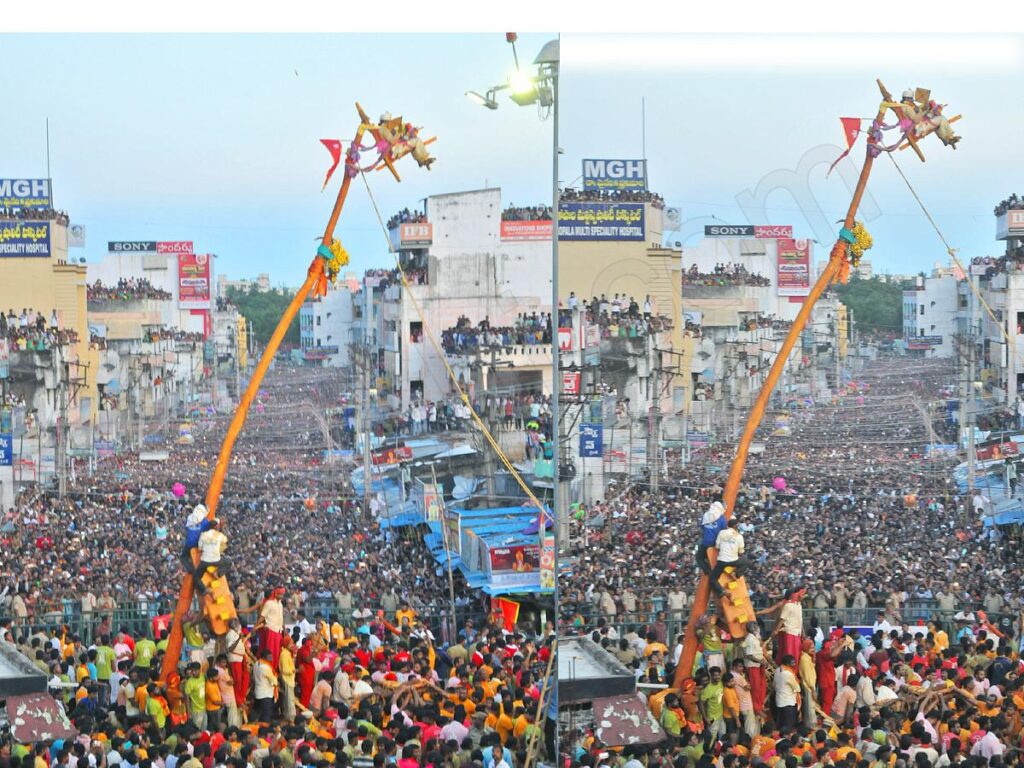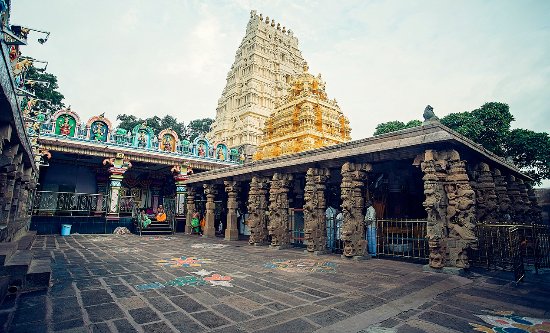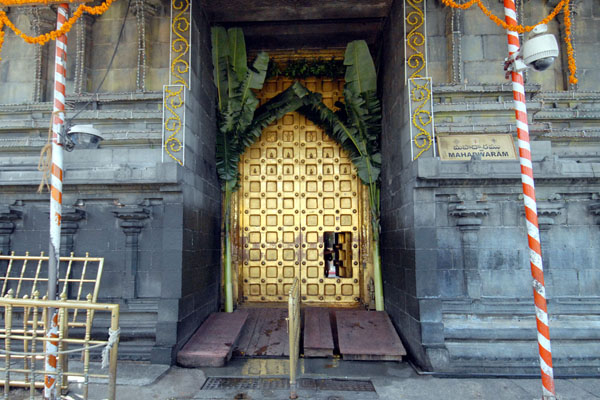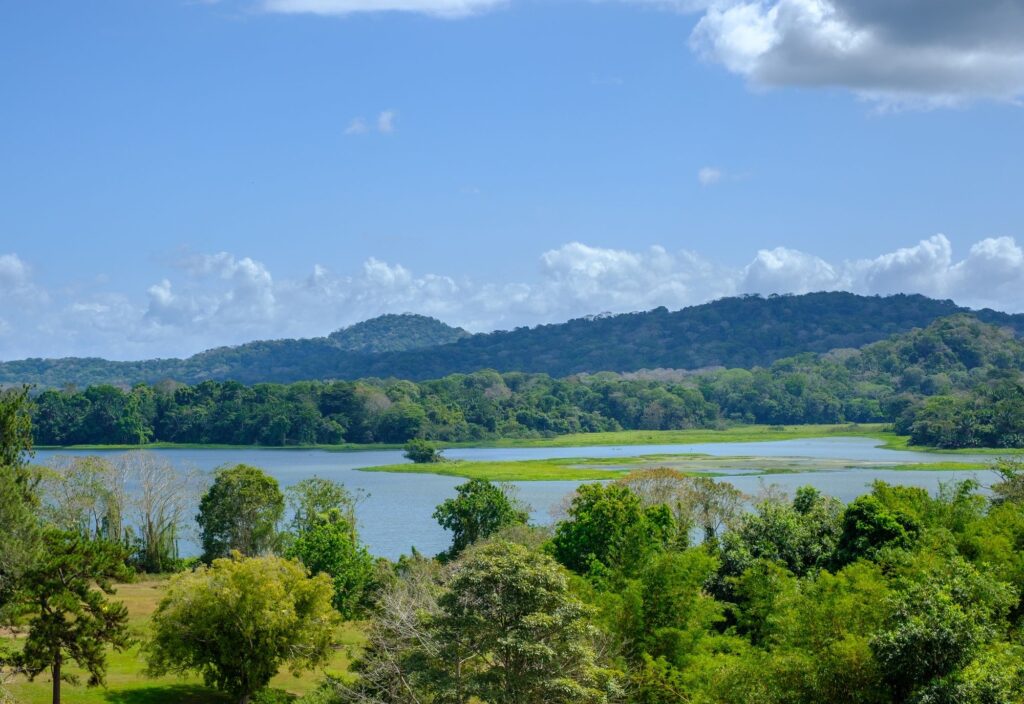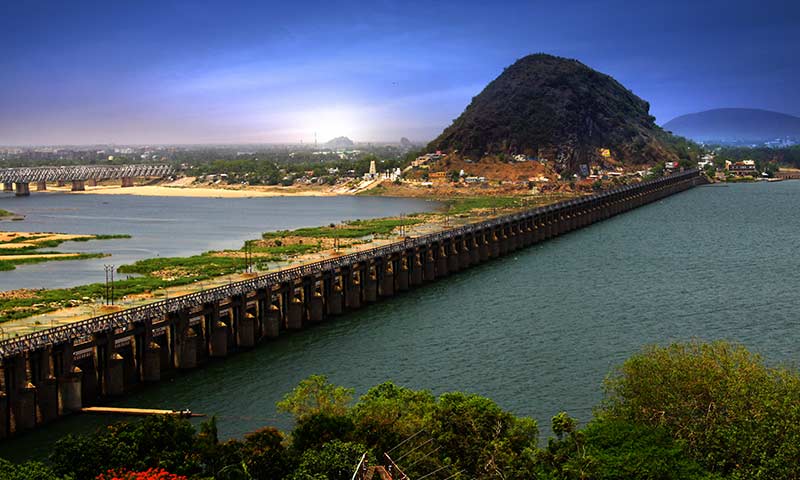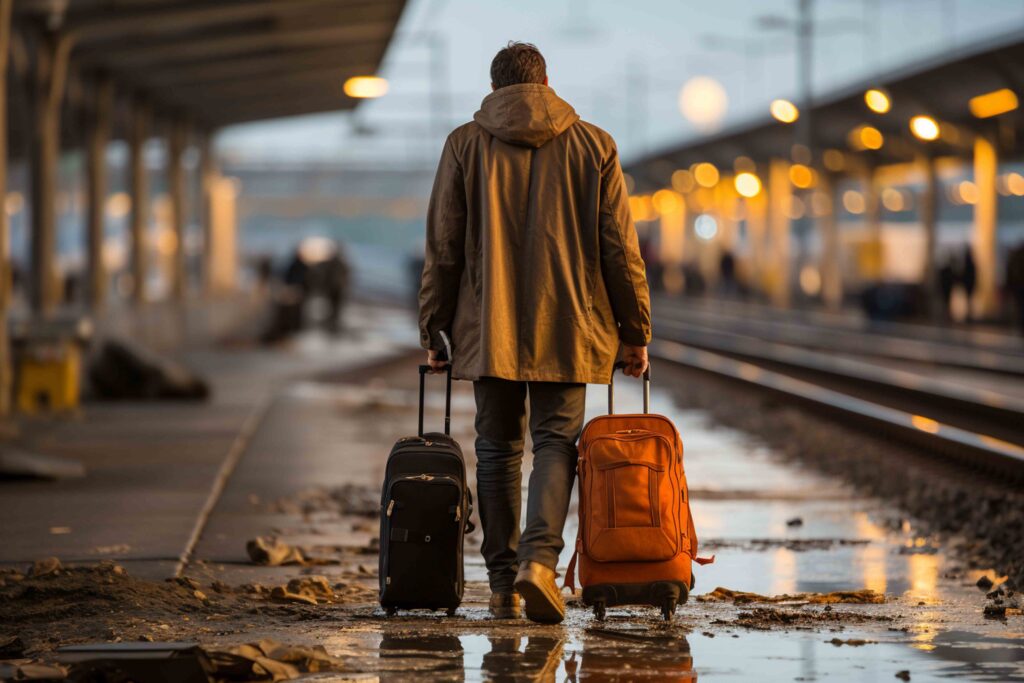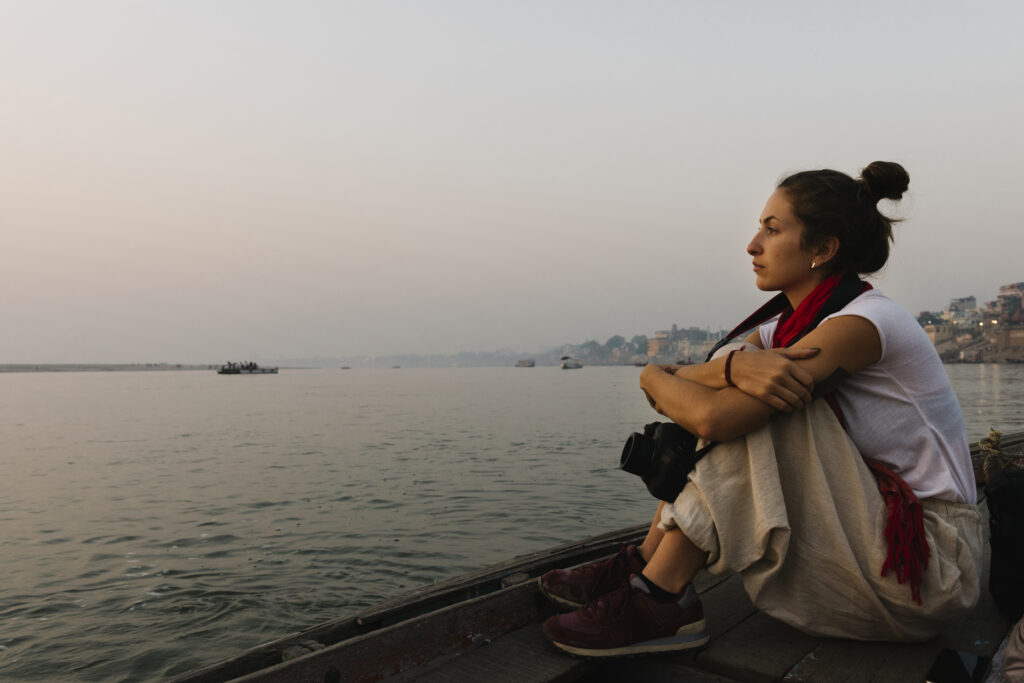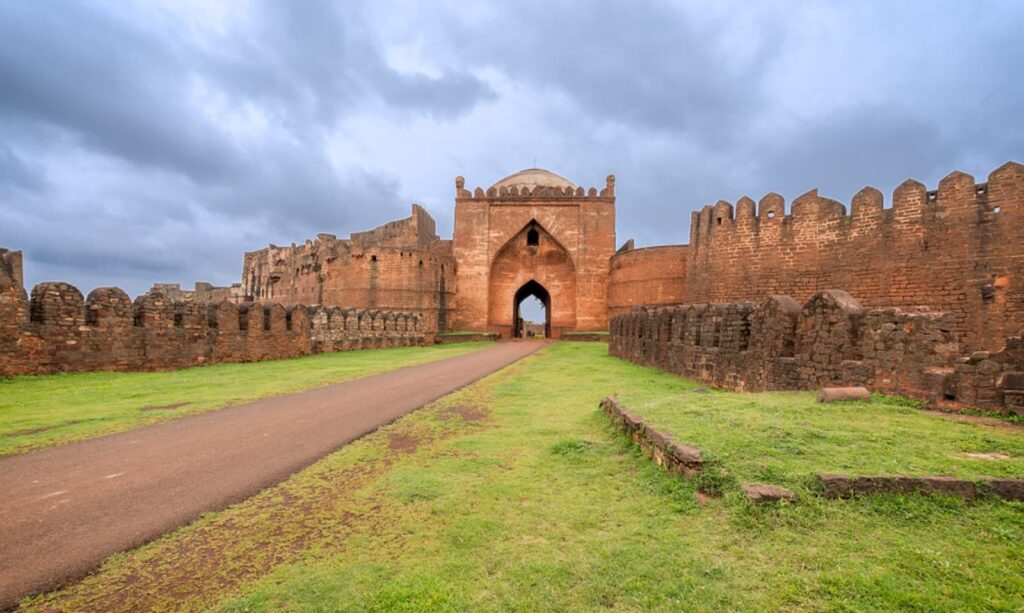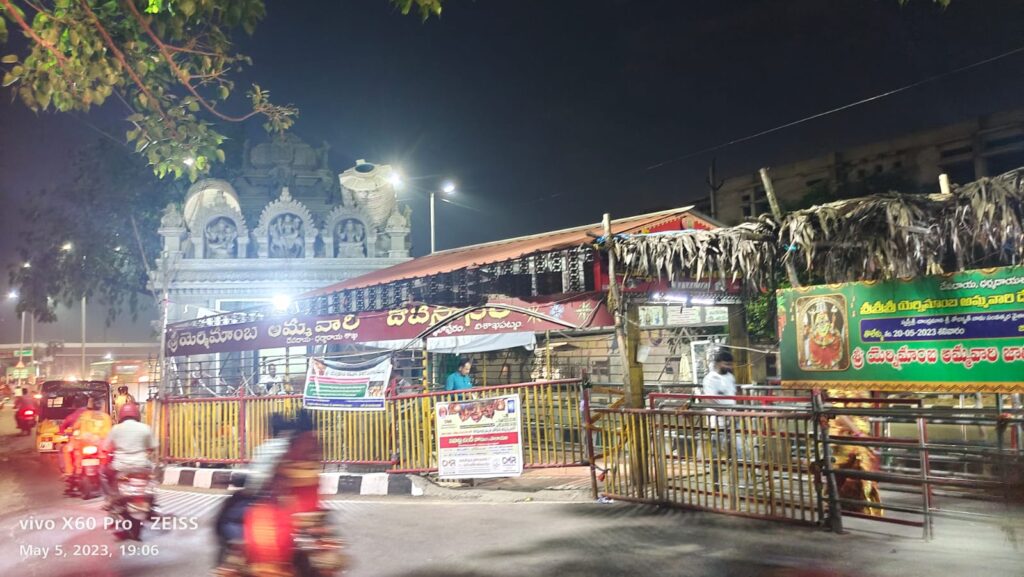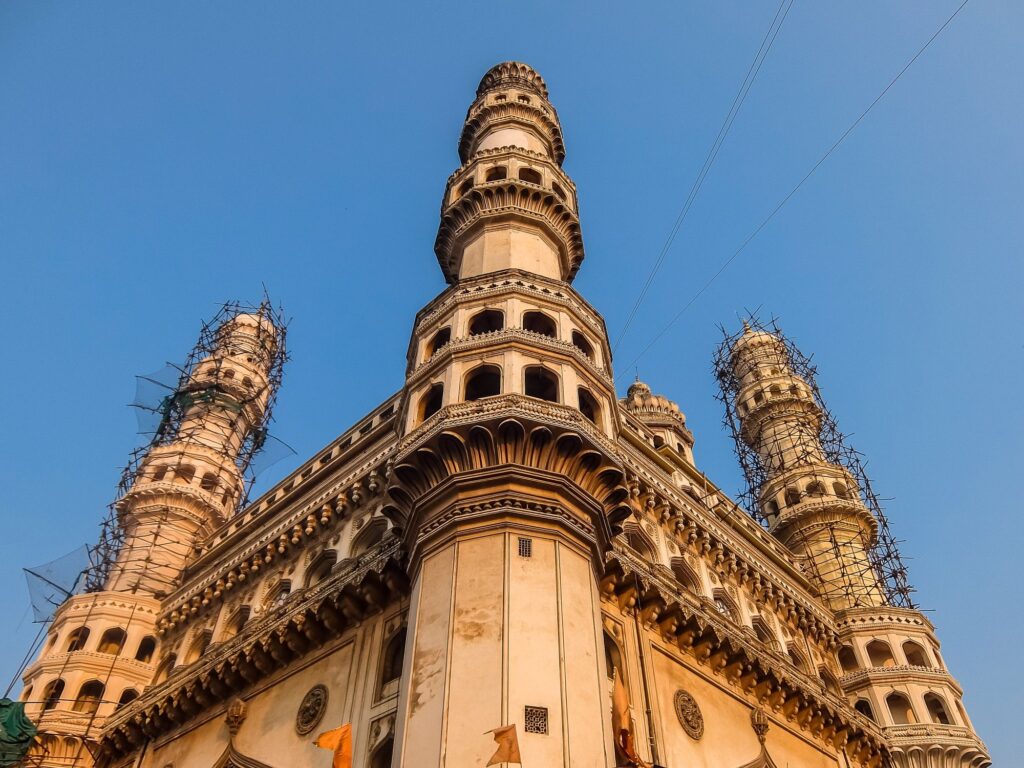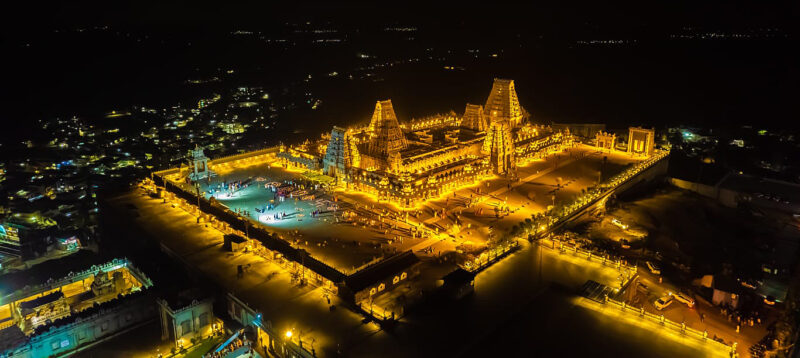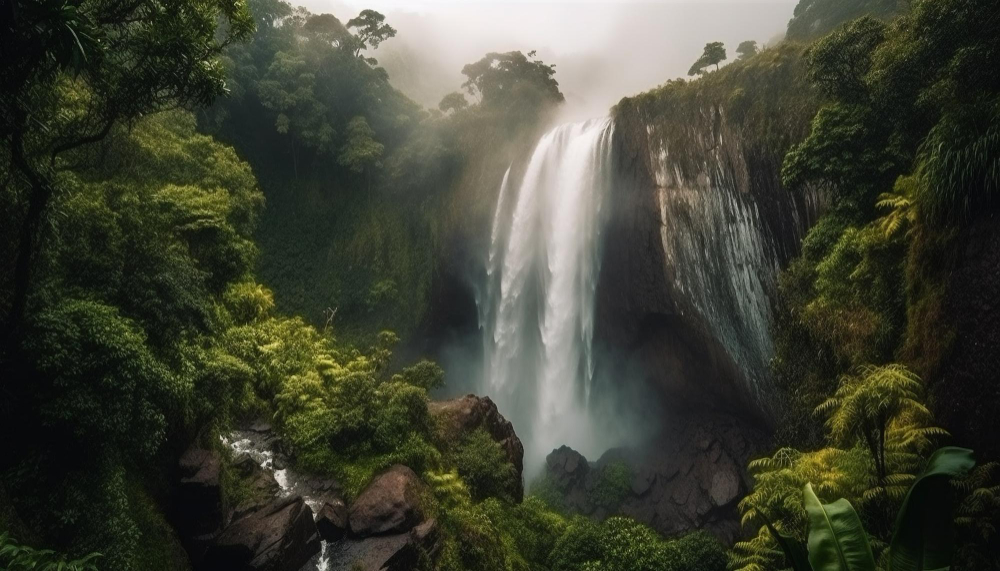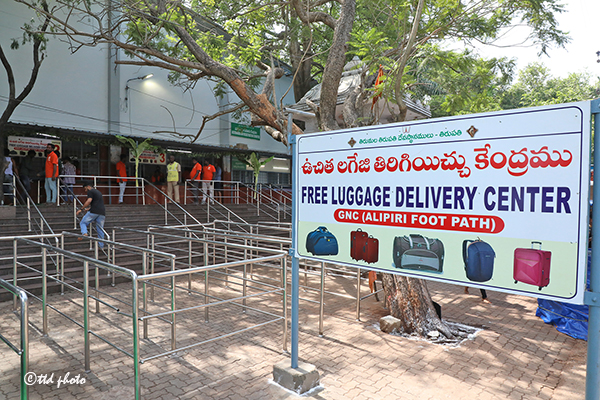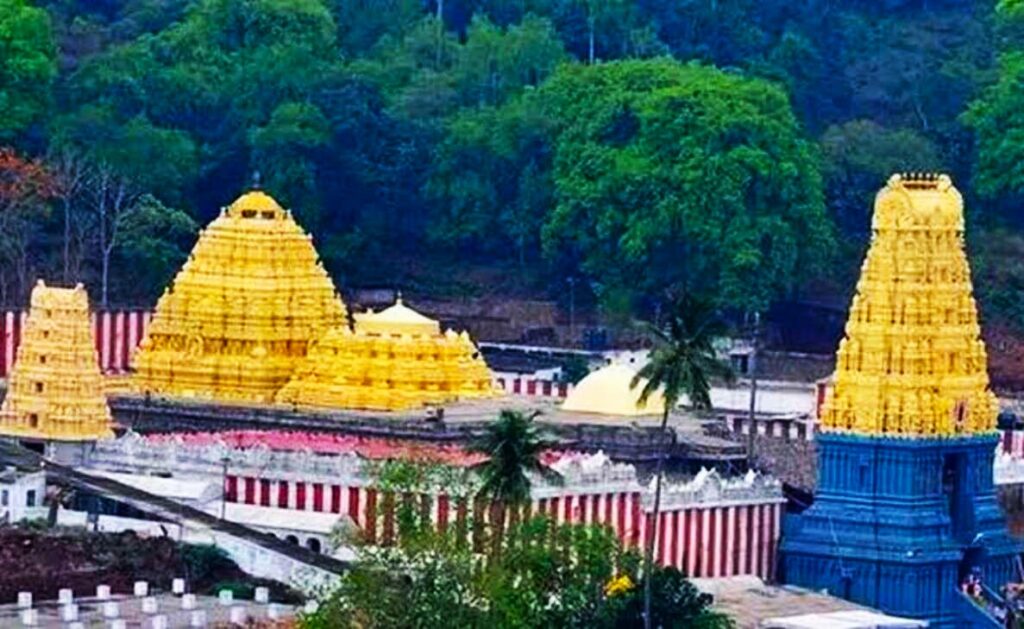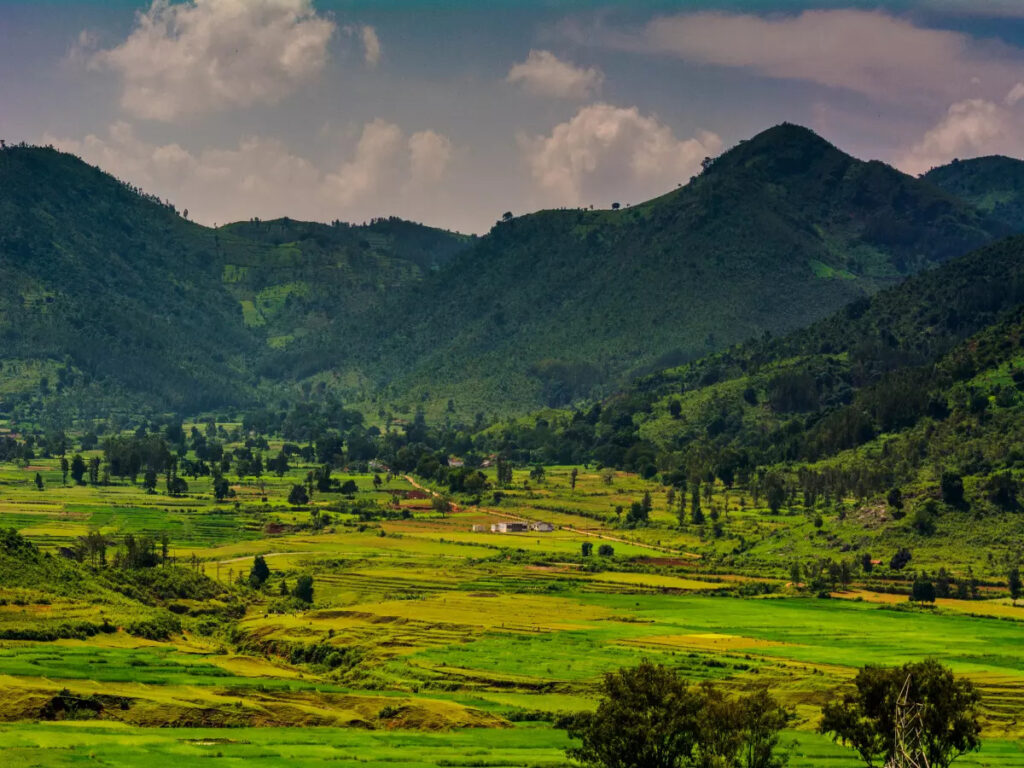Monsoon’s Havoc: Landslide and Flash Floods in Uttarakhand
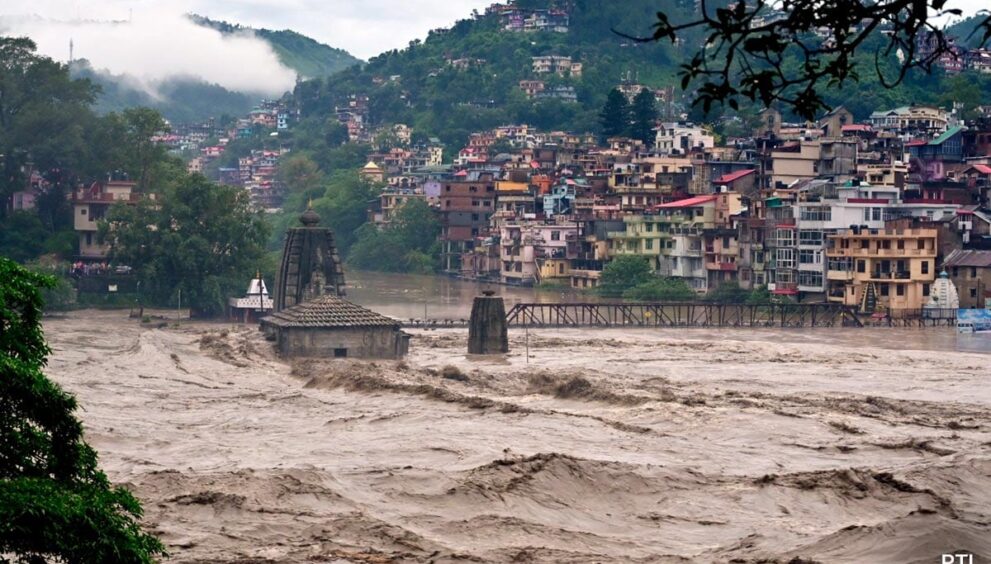
Introduction
The serene landscapes of Uttarakhand have been plunged into chaos as the monsoon unleashes its relentless landslide and Flash Floods in Uttarakhand. This article delves into the far-reaching consequences of the ongoing monsoon, particularly the devastating landslides and flash floods that have disrupted lives and posed immense challenges. We also highlight the determined efforts of the State Disaster Response Force (SDRF) in extending a helping hand to the affected regions.
NOTE
Travelers heading to Uttarakhand, Rishikesh and other northern states are advised to refrain from planning trips for the upcoming couple of weeks in August due to unfavorable climatic conditions and Floods.
Monsoon’s Havoc: Landslide and Flood Menace
The monsoon, typically welcomed for its life-reviving showers, has taken a tumultuous turn of Landslide and Flash Floods in Uttarakhand. Unusually heavy rainfall has triggered widespread landslides and flash floods, shattering the tranquility of the region. Rivers have swelled beyond their banks, hillsides have become unstable, and the consequences have been dire for the communities residing in vulnerable areas.
The landslide took place in the Totaghati area of Tehri Garhwal district. In the wake of severe damage in Haridwar and Udham Singh Nagar districts, the state government has provided immediate assistance of over ₹11 crore to flood-hit people the area, said Uttarakhand cabinet minister Satpal Maharaj on Saturday.
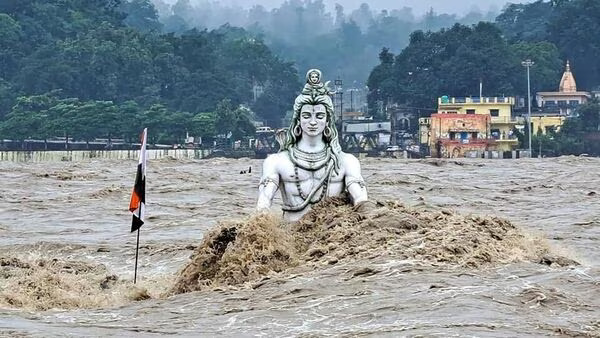
Swollen rivers, landslides, and severe flooding has caused havoc in Chamoli, Haridwar, Rishikesh and other districts of the state. As per the Union Home Ministry data, seven districts in Uttarkhand were hit by the monsoon floods and landslides.
As heavy rainfall left several roads and bridges broken in the state, situation is nothing less than a nightmare for people in Uttarakhand’s remote hill villages. Elderly people, pregnant women, and critically ill health patients are the worst hit. In some incidents, blocked roads have forced people to carry women having labour pain or the elderly in chairs mounted with the help of sticks on their shoulders to the nearest health facility. This has been the plight of the remote villages of Pokhri, Joshimath, Dasholi, Ghat and Dewal blocks of Chamoli district for nearly a month.
As many as 15 houses were completely destroyed in a recent landslide in the Langha Jakhan village of Vikasnagar tehsil in Dehradun district. In addition, seven cowsheds were also demolished in the rain-related incident
Rescue Operations in Jakhna Village
One stark illustration of the monsoon’s destructive power is the tragic events that unfolded in Jakhna village. A massive landslide struck, resulting in a cascade of destruction that engulfed homes, infrastructure, and roads. The once-picturesque village now stands as a testament to the devastating might of nature.
50 people from 16 families live in Jakhan village. However, no loss of life or animal took place during the incident. The authorities have shifted all affected people to relief camps that have been set up in a school in Pachta village.
SDRF’s Rescue Endeavors
Amidst the chaos and despair, the State Disaster Response Force (SDRF) emerged as a beacon of hope. With admirable determination, the SDRF has been tirelessly engaged in rescue and relief operations. Their swift response, despite the challenges posed by the terrain and weather. Has saved lives and provided solace to the affected families in Landslide and Flash Floods in Uttarakhand.
Around 290 pilgrims were stranded on the route on Monday. When a bridge at Bantoli in Gaundar village collapsed following a heavy downpour. Incessant rain has been lashing various parts of the hill state, causing landslides that demolished buildings. And flooding rivers and streams whose swirling waters swept away people in separate incidents.
Impact on Rishikesh-Badrinath National Highway-58
The connectivity lifeline between Rishikesh and Badrinath, National Highway-58, has been severely impacted by the monsoon’s fury. Landslides of unprecedented magnitude have rendered sections of the highway inaccessible. As a result, the movement of pilgrims, tourists, and goods has been disrupted. Underscoring the vulnerability of crucial infrastructure during the monsoon season.
Recovery from Landslide and Flash Floods in Uttarakhand
As the initial shock recedes, the daunting task of recovery emerges. Rebuilding infrastructure, restoring connectivity, and offering aid to the affected communities demand a collective effort. The aftermath of the monsoon fury serves as a reminder of our interconnectedness. With nature and the need for sustainable development practices.
The India Meteorological Department (IMD) has predicted heavy to very heavy rains in several parts of the country till 22 August. As per IMD, heavy rainfall is predicted over East and adjoining central India. During 18-19 August and increase in rainfall over northeast India from 20 August. On 21 and 22 August, authorities issued an orange alert for very heavy rains in Arunachal Pradesh and Uttarakhand.
Today, rain lashed several parts of the national capital, bringing temperatures down in the city. Which was witnessing sultry weather conditions. The showers brought much-needed relief from the intense heat. Regional Weather Forecasting Centre (RWFC), New Delhi has further predicted light to moderate intensity rainfall. Along with heavy intensity rain over some isolated places in the Delhi-NCR region.
Addressing Common Questions about Monsoon Impact
1.What triggers landslides during the monsoon ?
Heavy rainfall often triggers landslides by saturating the soil, making it more prone to movement.
2. How does the SDRF contribute during monsoon crises?
The SDRF plays a pivotal role in rescue, relief, and evacuation operations during natural disasters such as landslides and floods.
3. How can individuals support relief efforts?
Contributing to recognized NGOs and relief organizations can significantly aid in providing essential relief to affected areas.
4. Are there mechanisms to predict landslides?
Some regions deploy early warning systems that leverage weather forecasts and geological conditions to predict potential landslides.
5. What safety precautions should residents take during monsoons?
Staying informed through weather updates, avoiding high-risk areas, and following evacuation advisories are crucial safety measures.
6. How can we provide sustainable support to affected communities?
Supporting initiatives that focus on resilient infrastructure, education, healthcare, and long-term development can make a lasting impact.
Conclusion
The monsoon’s dual nature, both nurturing and formidable, encapsulates the essence of our relationship with the environment. As Uttarakhand grapples with the aftermath of landslides and flash floods, the spirit of solidarity, the dedication of responders. And the determination of communities offer hope for recovery and a safer future.
Read More:
Christmas Vacation : Make the Most of Christmas Eve Holidays – Click here
Make Thanksgiving 2023 Long Weekend USA – Click Here
Uk Travel: Click Here








